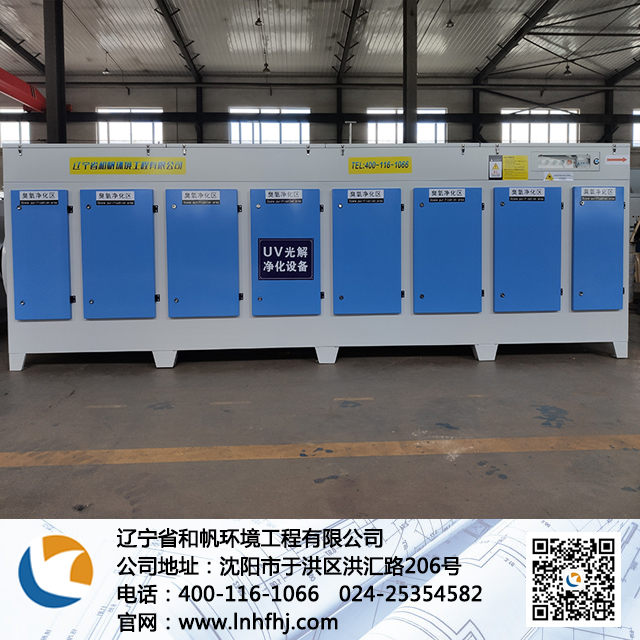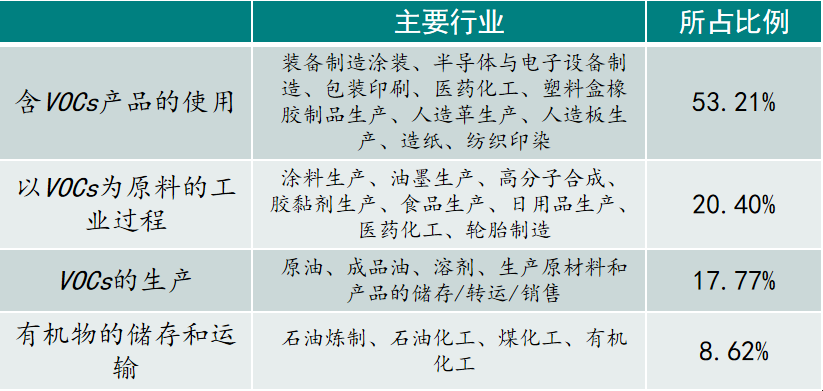Products
What pollutants VOCs are
Origin:Hefan Hit: Time:2019-09-09
In China, VOCs refer to organic compounds with saturated vapor pressure greater than 133.32 Pa at room temperature, boiling point below 50-260 C at normal pressure, or any organic solid or liquid that can volatilize at normal temperature and pressure.

According to chemical structure, VOCs can be divided into eight categories: alkanes, aromatics, olefins, halogens, esters, aldehydes, ketones and others. Its main components are hydrocarbons, halogenated hydrocarbons, oxygen hydrocarbons and nitrogen hydrocarbons, including benzene series, organic chlorides, Freon series, organic ketones, amines, alcohols, ethers, esters, acids and petroleum hydrocarbons.
Major industries producing VOCs:

The harm of VOCs:
Most VOCs have irritating odor or odor, which can cause sensory discomfort and seriously reduce people's quality of life.
VOCs have complex components, special odor, permeability, volatilization and fat solubility. They are toxic, irritating and teratogenic. Benzene, toluene, xylene and formaldehyde are the most harmful to human health. Long-term exposure can lead to anemia and leukemia.
Some VOCs, such as benzene, toluene, acetone, dimethylamine and thiocarbon, are flammable. When these substances are discharged in high concentration, they are prone to fire if they are exposed to electrostatic sparks or other sources of fire.
Some VOCs, such as HCFCs, can destroy the ozone layer. The destruction of the ozone layer increases the amount of ultraviolet radiation reaching the ground, which is harmful to human skin, eyes and immune system.


